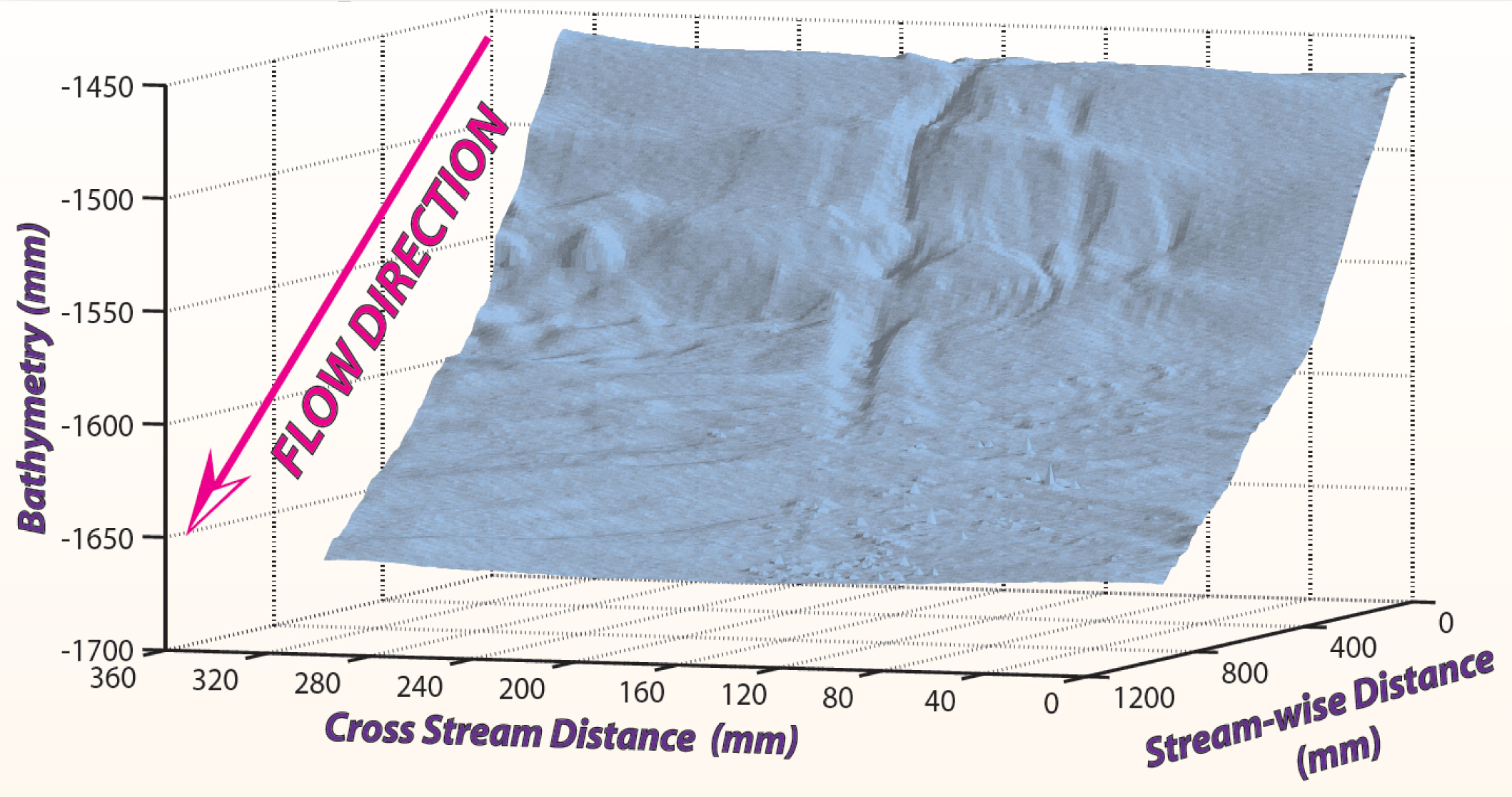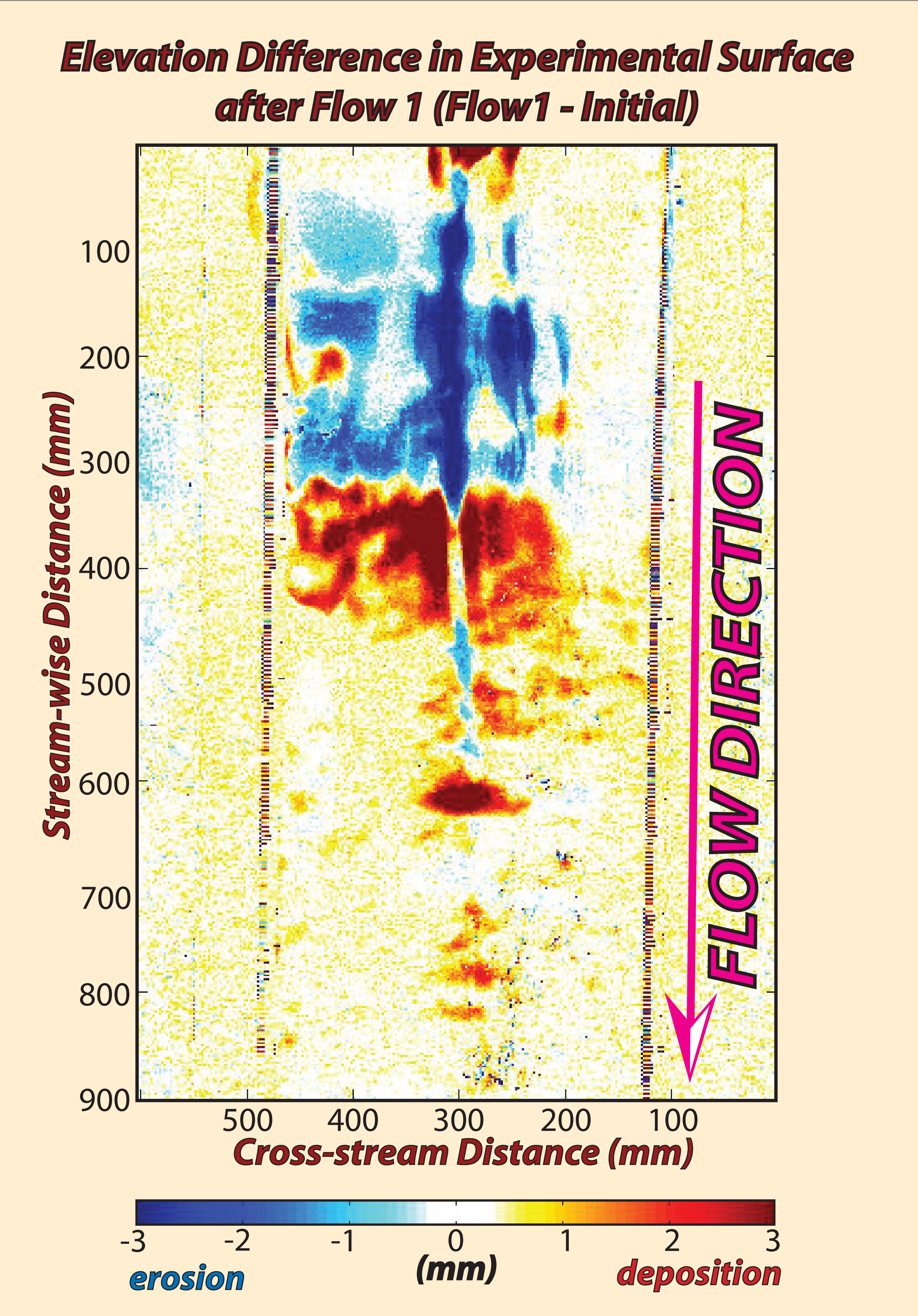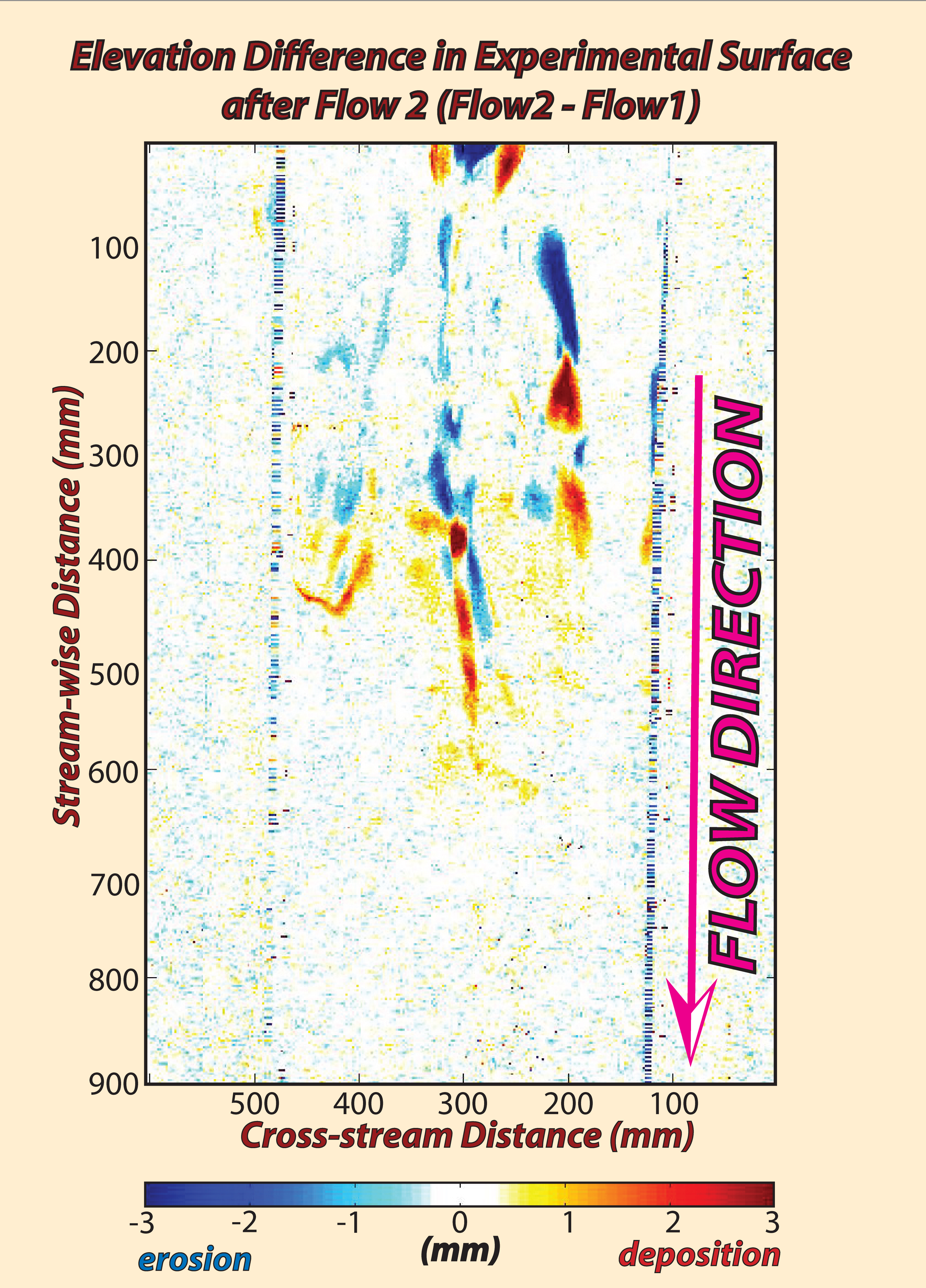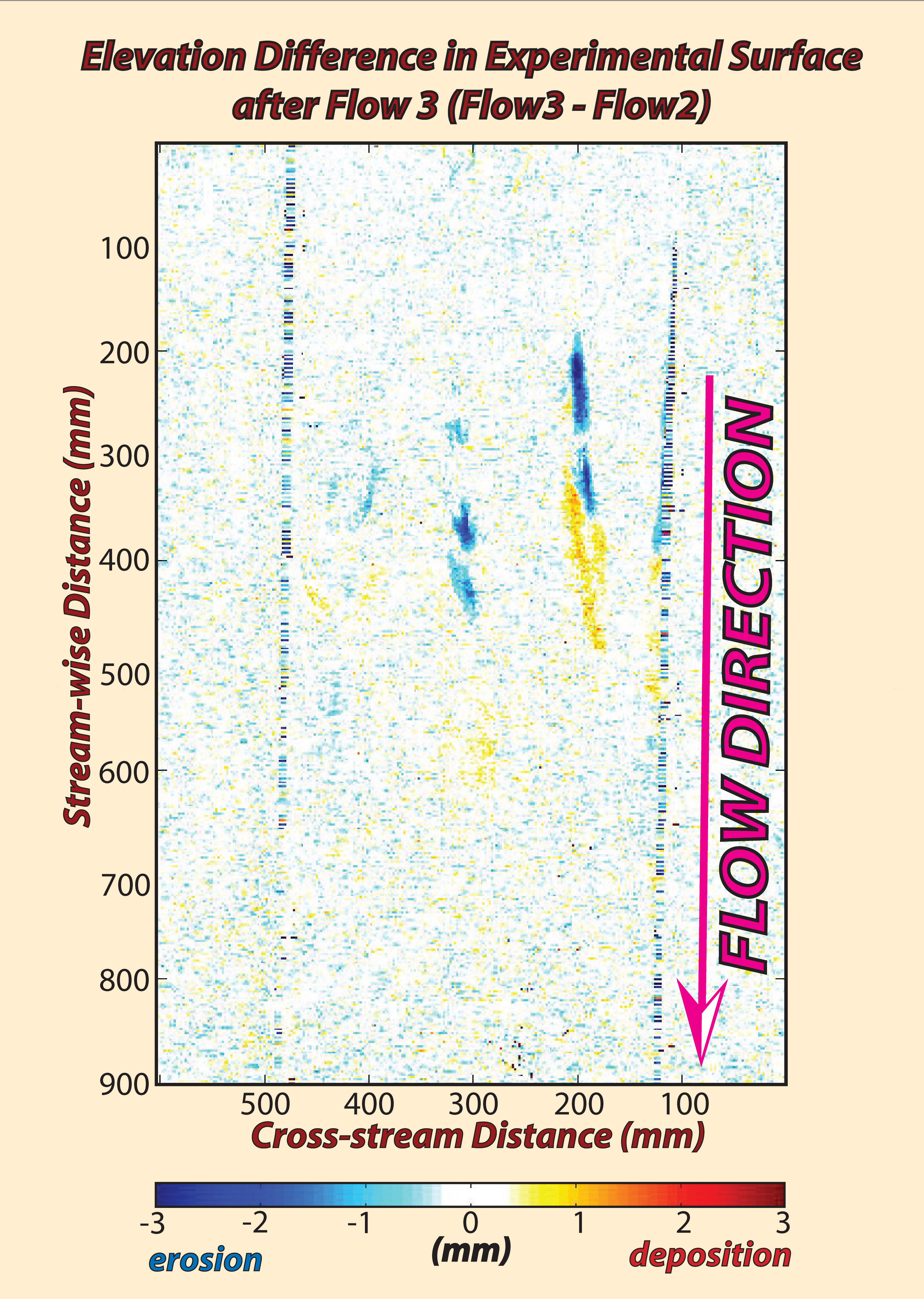|
DYNAMIC STRATIGRAPHY WORKGROUP |
|
Publications and presentations:
Publications:
Conference/meeting presentations:
Fernandes, A., Buttles, J., Mohrig, D., Steel, R., Henriksen, S., 2010, Laboratory-scale Channelization by Sheet-like Density Underflows, AAPG Annual Conference, New Orleans
Henriksen, S., Duffaut, K., Fernandes, A., Janocko, M., Jiang, S., Pontén, A., A multidisciplinary approach towards understanding the formation of sinuous deep-water channels, Statoil Internal Technology Conference, Oslo, 2010
Fernandes, A., Buttles, J., Mohrig, D., Steel, R., 2009, Laboratory-scale Channelization by Sheet-like Density Underflows, Meeting of the International Association of Sedimentologists, Alghero, Italy
Fernandes, A., Mohrig, D., Buttles, J., Peyret, A., Steel, R., 2009, Laboratory Experimentation in Self-channelization by Turbidity Currents, AAPG Annual Conference, Denver
|
|
People: Anjali Fernandes, David Mohrig, Jim Buttles Research question(s): What environmental processes control how turbidity currents initiate and evolve incisional or aggradational submarine channels and associated depositional elements?
How do incisional gullies evolve into large channel systems and how dynamically do they evolve?
What is the influence of topography and current thickness on channel initiation? |
|
Initiation and evolution of channels, sheets and lobes by experimental turbidity currents |
|
Summary of work: These experiments are being carried out in the Basin Tank of the University of Texas Morphodynamics Laboratory (UTML). Experiments carried out in the Spring of 2009, successfully induced channelization on an experimental substrate. Successive topographic maps define evolution of channelized patterns cut into the slope surface, as well as subsequent filling of these forms. We observed spatially punctuated evolution of channels and their associated depositional lobes. At any one location, channel formation may have preceded or followed lobe deposition. The next series of experiments will be carried out with a larger scale system with emphasis on understanding current behavior where channels are initiated and grain size variations within the deposits. Sediment sampling following each experiment will define grain-size and grain-sorting patterns associated with the slope channels. |
|
A high resolution bathymetry scan of the channelized pattern on the experimental substrate |
|
The Spring 2009 experiments captured spatially punctuated evolution of channels and their associated depositional lobes |



